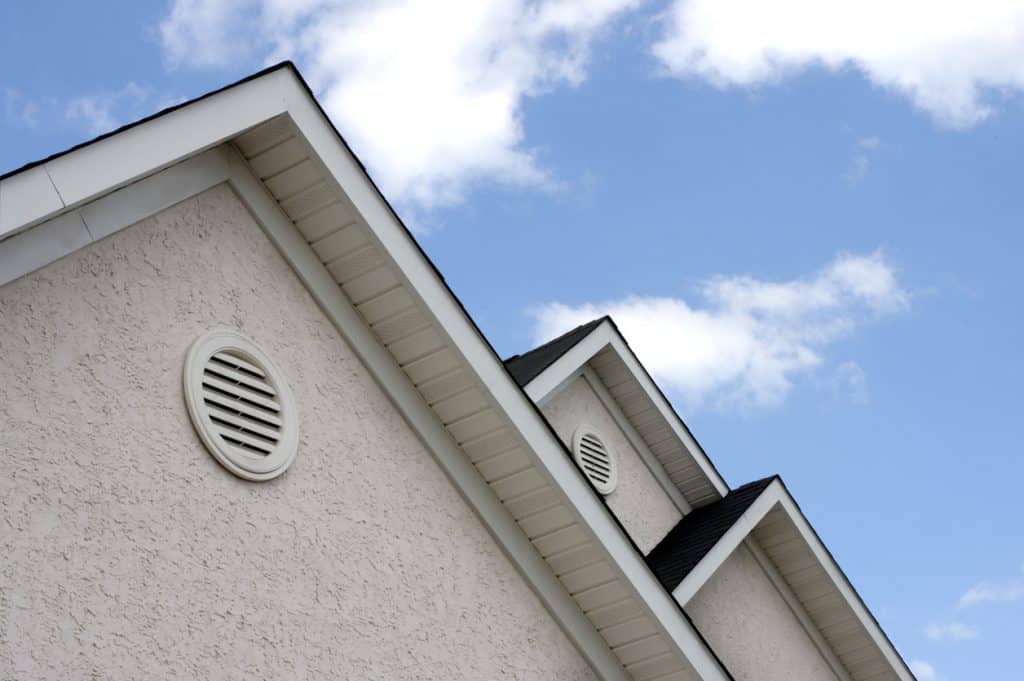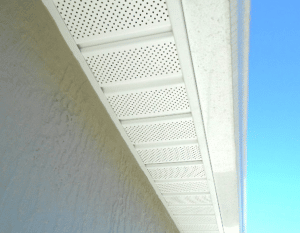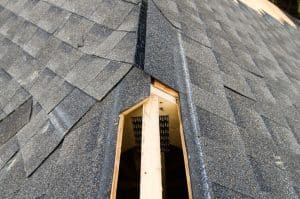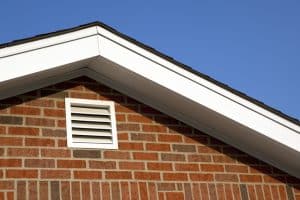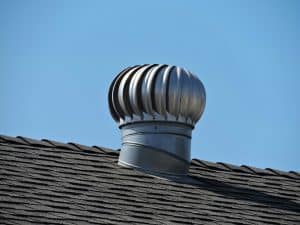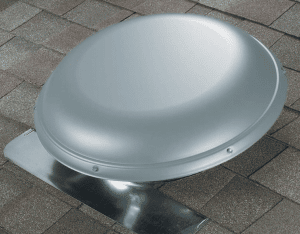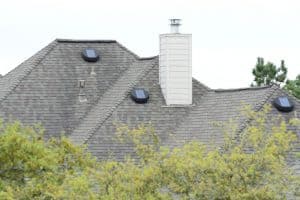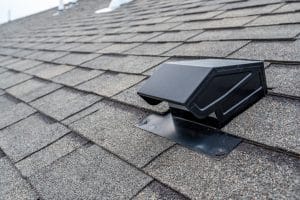Roof ventilation is an integral part of a home’s overall ventilation system. The main purpose of roof ventilation is to remove hot air, moisture, and pollutants from the attic space. This helps to keep the attic cooler in the summer and prevents moisture damage that can lead to mold and mildew growth. Roof ventilation also helps to extend the life of your roofing materials.
Many different types of roof vents can be used for roof ventilation, and each has its own advantages and disadvantages. In this article, we’ll be looking at the pros and cons of the different roof vent types, as well as explaining why proper ventilation is crucial for the health of your home.
Why is Roof Ventilation Important?
Proper roof ventilation is crucial for the health and safety of your home. Unventilated attics can reach temperatures of up to 150 degrees Fahrenheit, which can cause serious damage to your home’s roofing materials, insulation, and framing. Excess moisture in the attic can also lead to the growth of mold and mildew, which can cause respiratory problems and other health issues.
Roof ventilation helps to remove hot air, moisture, and pollutants from the attic space, which helps to keep the attic cooler in the summer and prevents moisture damage that can lead to mold and mildew growth. Roof ventilation also extends the life of your roofing materials by preventing them from overheating and deteriorating prematurely.
1. Soffit Vents
Soffit vents are one of the most common types of roof vents installed in a home’s soffit (or roof overhang). Soffit vents are made of either plastic or metal and are attached to the soffit with screws or nails. Soffit vents can be opened or closed to allow airflow, and they come in various sizes to fit most homes.
Unlike the other vents on this list, soffit vents are primarily used for intake ventilation. Intake vents draw in cool air from the outside, which helps to remove hot air and moisture from the attic space. Soffit vents are most effective when used with other roof vents, such as ridge vents or gable vents.
2. Ridge Vents
Ridge vents are installed along the roof’s ridge (or peak). They are made of plastic or metal and attached to the roof with screws or nails. Ridge vents are effective at removing hot air and moisture from the attic space and are often used in conjunction with soffit vents for intake ventilation. Ridge vents are most effective when they are the only type of exhaust vent used, as they allow for a continuous flow of air from the soffit vents to the ridge vent and out of the attic space.
3. Gable Vents
Gable vents are installed in a home’s roof’s gables (or triangular walls). They are made of plastic or metal and attached to the gables with screws or nails. Some gable vents are designed to be opened or closed to allow airflow, and they come in various sizes to fit most homes. Gable vents differ from roof vents in that they can be used for both intake and exhaust ventilation.
4. Turbine Vents
Turbine vents are installed on the roof near the peak or ridge line. They consist of small turbines that spin when the wind blows across them. As the turbines spin, they draw air out of the attic space and release it into the atmosphere. Turbine vents are most effective in high winds, requiring wind to spin the turbines and generate airflow. However, turbine vents can be noisy, and they may not be appropriate for all homes.
5. Power Vents
Power vents are electric vents that are installed on the roof near the peak or ridge line. They consist of a small fan that blows air out of the attic space and into the atmosphere. Power vents are most effective in areas with high temperatures, as they can be used to remove hot air from the attic space even when there is no wind. However, power vents can be noisy and may not be appropriate for all homes.
6. Solar Vents
Solar vents are powered by the sun and installed on the roof near the peak or ridge line. They consist of a small fan that blows air out of the attic space and into the atmosphere. Solar vents are most effective in areas with high temperatures, as they can be used to remove hot air from the attic space even when there is no wind. Solar vents are also environmentally friendly, as they do not use electricity.
7. Box Vents
Box vents are a type of roof vent that differ from other options in their square shape. This shape makes them more versatile for smaller areas on the roof that need ventilation. Box vents are available in various sizes, but the most common size is 18×18 inches. While they are not as effective as ridge vents at venting air, box vents offer some versatility that ridge vents do not by being able to be installed in various locations on the roof.
Looking to Improve Your Roof Ventilation?
If you’re looking to improve your roof ventilation, Signature Exteriors can help. We offer a variety of roof vents that can be installed to suit your home and climate. Our experts can help you choose the right type of vent for your needs, and we’ll take care of the installation process so you can enjoy improved airflow and lower energy costs. Contact us today to learn more about our roof ventilation services!

